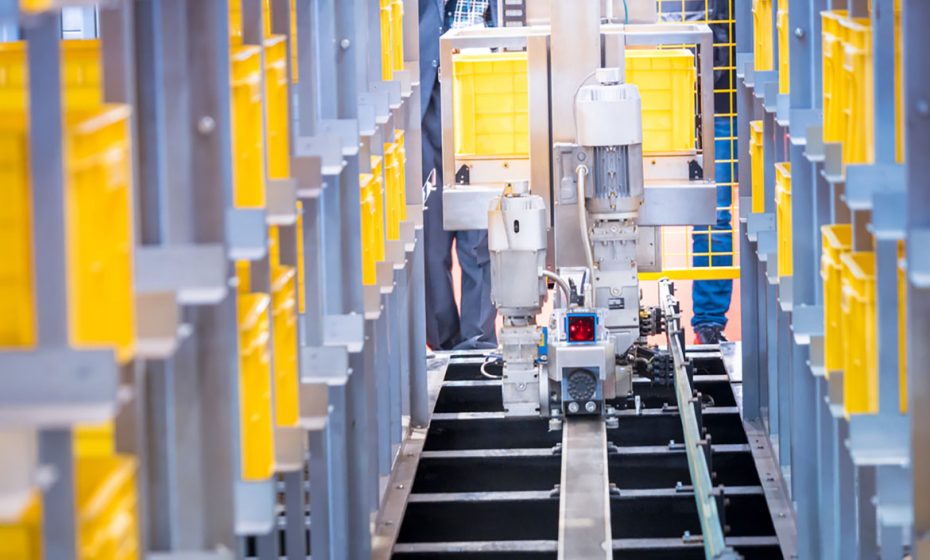
Automation and reusable packaging go hand in hand. Have you ever seen a robotic arm carry a plastic bag? No. That’s because warehouse automation can only be used with reusable containers that are designed to last the test of time. Companies can put these containers into the machine or supply chain without worrying about damaging their products. If you are interested in using warehouse automation, learn how to find the right containers for your goods.
Automation and Reusable Packaging
Warehouses have been automating for years. Estimates show that the market for logistics automation will reach $88.9 billion by 2026, up from $48.4 billion in 2020 with an astonishing Compound Annual Growth Rate (CAGR) of 10.6%. The COVID-19 pandemic has only increased this trend. These machines are designed to do mundane, repetitive tasks that would otherwise be done by humans that could be carrying the virus. Companies can streamline the manufacturing or order fulfillment process without worrying about their workers calling out sick.

Store Supplies and Goods in a Stackable Parts Bin
Reusable packaging is also on the rise. A recent survey from the Reusable Packaging Association shows that demand for reusable packages will only increase in the years ahead. The containers can be used several times without breaking down. This limits the amount of waste in the supply chain for a healthier planet. But the rise in reusable packaging is also being driven by the rise in automation.
Why Automation Needs Reusable Packaging
- Durability
Machines simply cannot handle disposable materials without damaging them. Even touch sensitive robots can easily rip through plastic wrap or dent cardboard boxes.
That’s why the container needs to be as durable as possible. The machine should be able to lift, slide or push the container without breaking it open. The bottom of the container should also be sturdy. It will likely scrap along the conveyor belt as it moves toward the loading dock. The material should hold up under pressure, including friction.
If you are manufacturing or shipping items that need to be cooked, melted down or heated up, the product shouldn’t melt through the bottom of the container.
Store your goods in a stackable parts container to move them through an automated supply chain with ease.
- Standard Size
Machines rely on predictability. Your containers must stay the same size with the same dimensions every time they pass through the supply chain. Wood tends to expand in heat. A wooden pallet could easily snag if it’s being moved by a machine. Plastic bags will adhere to the shape of the contents.
That’s why it’s best to use containers that won’t change shape over time, even in extreme temperatures. It should fit onto the pallet or into the conveyor belt without sliding around or getting caught. Some pieces of equipment may even require special kinds of containers. Check the user manual for more information.
Plastic and metal parts bins retain their dimensions. The material is strong enough to withstand an impact without changing shape. The machine can also stack these containers on top of each other without damaging the contents.

- Palletization
Everything in the supply chain runs on pallets. They come with slots, so the machine can lift the load from the bottom. Automated forklifts and storage and retrieval systems will only move the product if it’s on a pallet. That’s why your products must be stored in pallet-friendly containers. The container also needs to be firmly attached to the pallet so it doesn’t slide off.
Use industrial wire baskets and bulk shipping containers that fit squarely onto a pallet. Attach the container to the pallet using ratchet straps to keep it stable on the road.
Automation is here to make your life easier, but only if you are using the right containers. Line your facility with reusable packages and containers to make the most of this technology.
Images:
Dmitry Kalinovsky/Shutterstock.com
zhu difeng/Shutterstock.com
Juice Flair/Shutterstock.com
